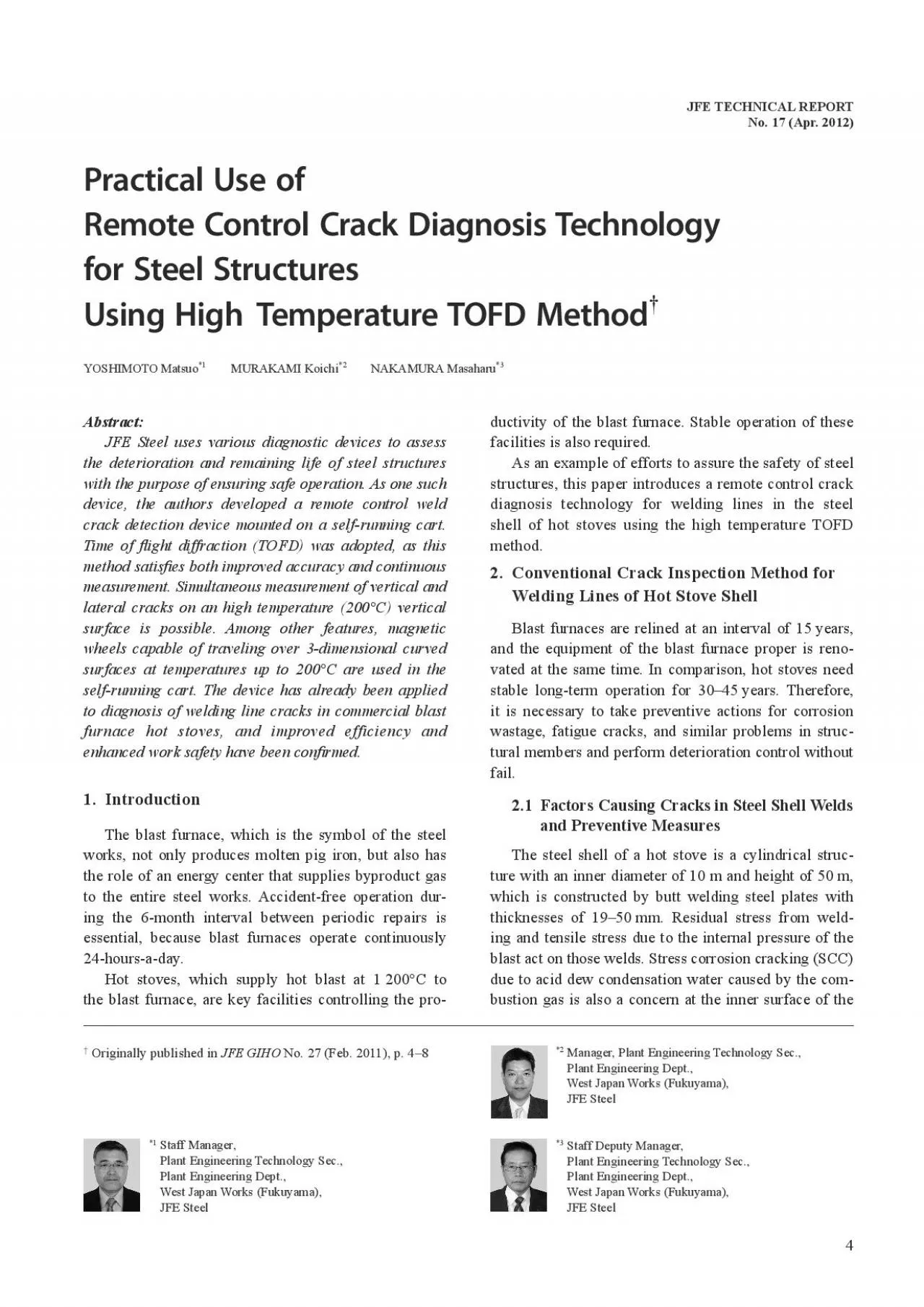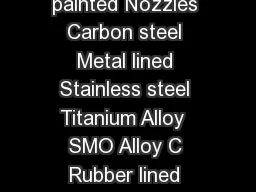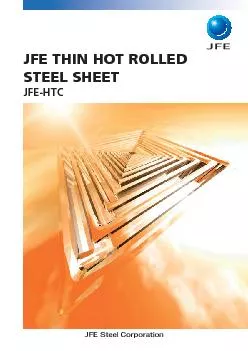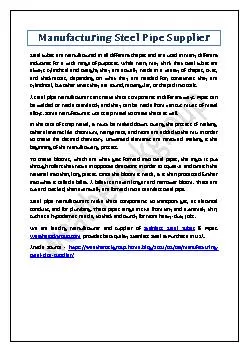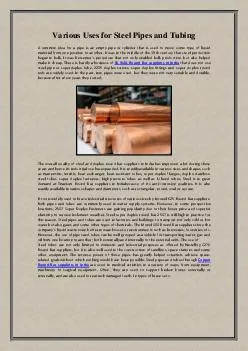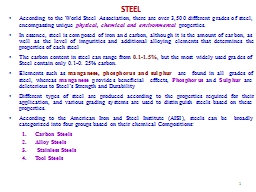PDF-JFE Steel uses various diagnostic devices to assess
Author : byrne | Published Date : 2021-08-05
4Abstractthe deterioration and remaining life of steel structures with the purpose of ensuring safe operation As one such device the authors developed a remote control
Presentation Embed Code
Download Presentation
Download Presentation The PPT/PDF document "JFE Steel uses various diagnostic device..." is the property of its rightful owner. Permission is granted to download and print the materials on this website for personal, non-commercial use only, and to display it on your personal computer provided you do not modify the materials and that you retain all copyright notices contained in the materials. By downloading content from our website, you accept the terms of this agreement.
JFE Steel uses various diagnostic devices to assess: Transcript
Download Rules Of Document
"JFE Steel uses various diagnostic devices to assess"The content belongs to its owner. You may download and print it for personal use, without modification, and keep all copyright notices. By downloading, you agree to these terms.
Related Documents

